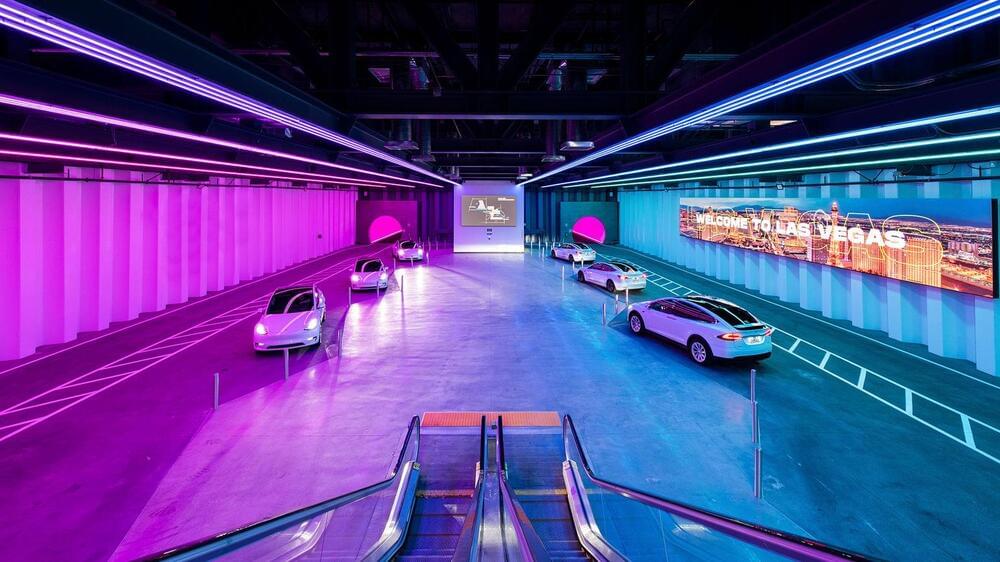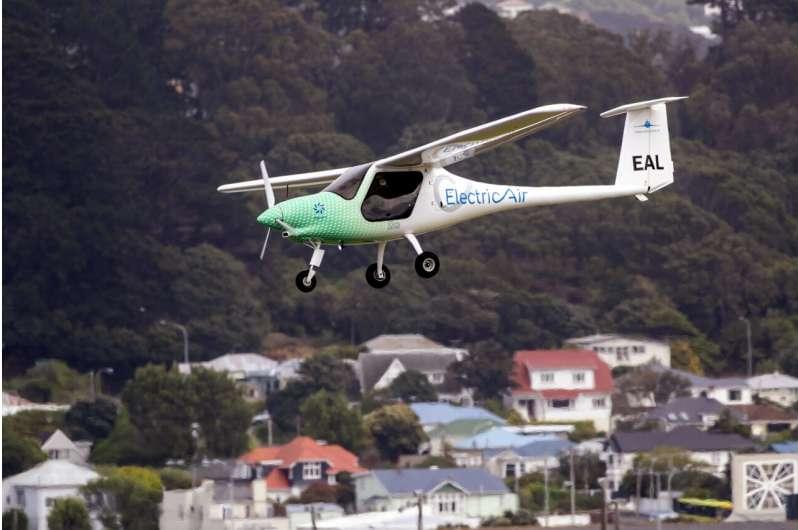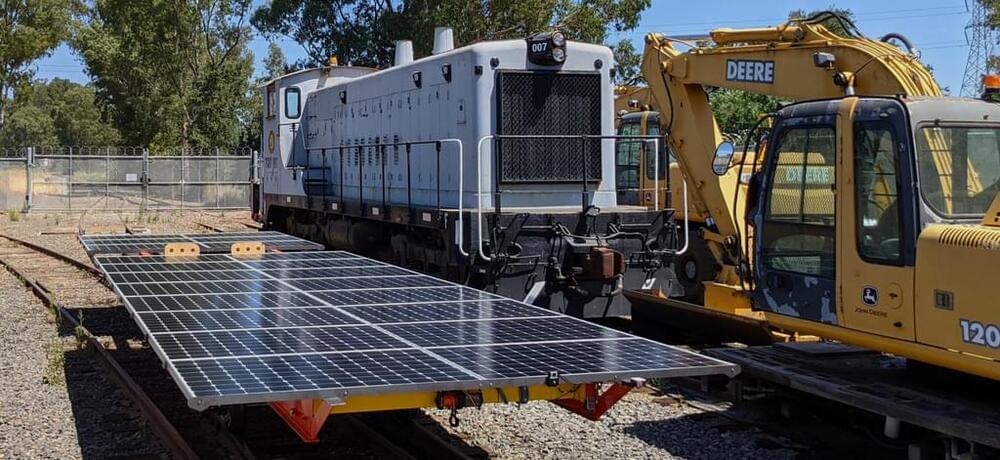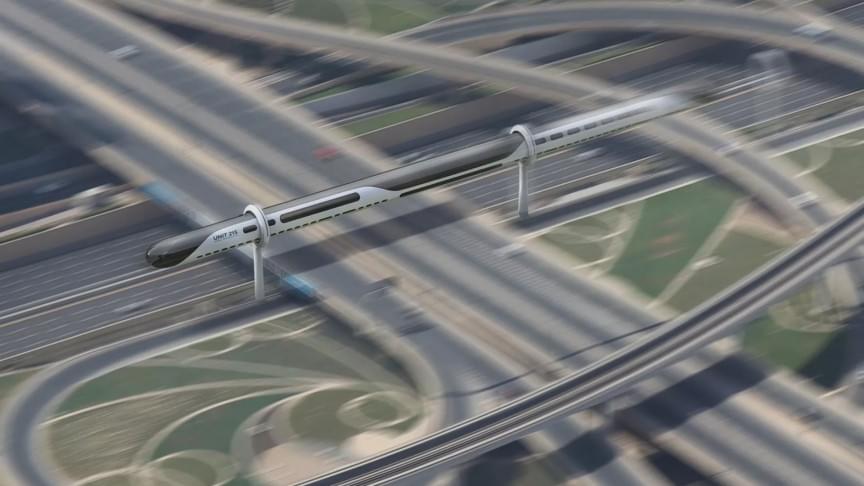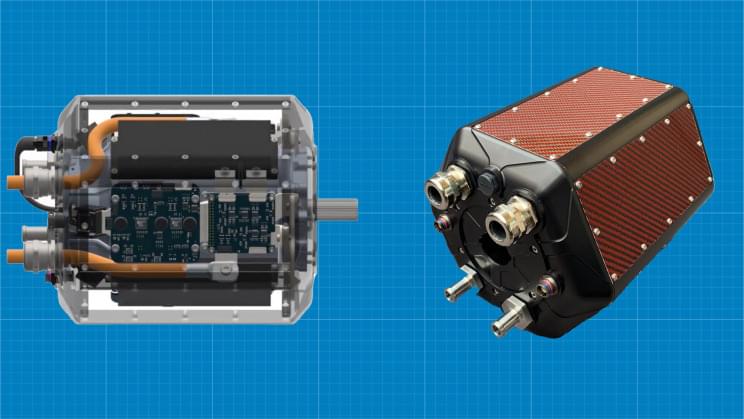Would you rather pay six figures for a flying motorcycle than a high-end supercar? It’s a bet that at least one Japanese company makes.
A.L.I. Technologies have just unveiled a new full-fledged hoverbike to persuade drivers to ditch their expensive four-wheelers in favor of the latest “icon of air mobility.” The XTurismo, a limited edition, went on sale earlier this week.
The company used the vehicle to announce the slick-looking XTurismo Limited Edition hoverbike release, now available for pre-order with deliveries expected in 2022.
